Gear
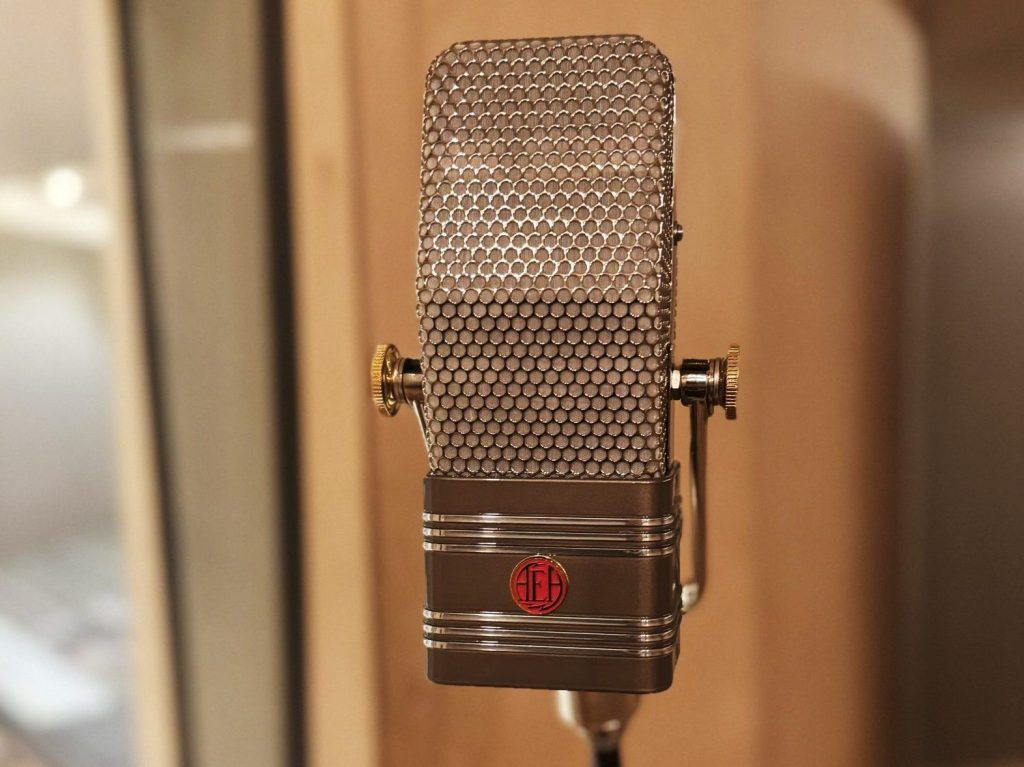
Our 5 New Favourite Pieces of Gear
The club has undergone a refresh! We’ve made some exciting new additions to our collection and we just had to share our top five favourites with you. From vintage classics to modern favourites, there’s nothing quite like delving into a new piece of equipment and figuring out how to get creative with it.
Here’s a very small insight into some of our favourite new gear!
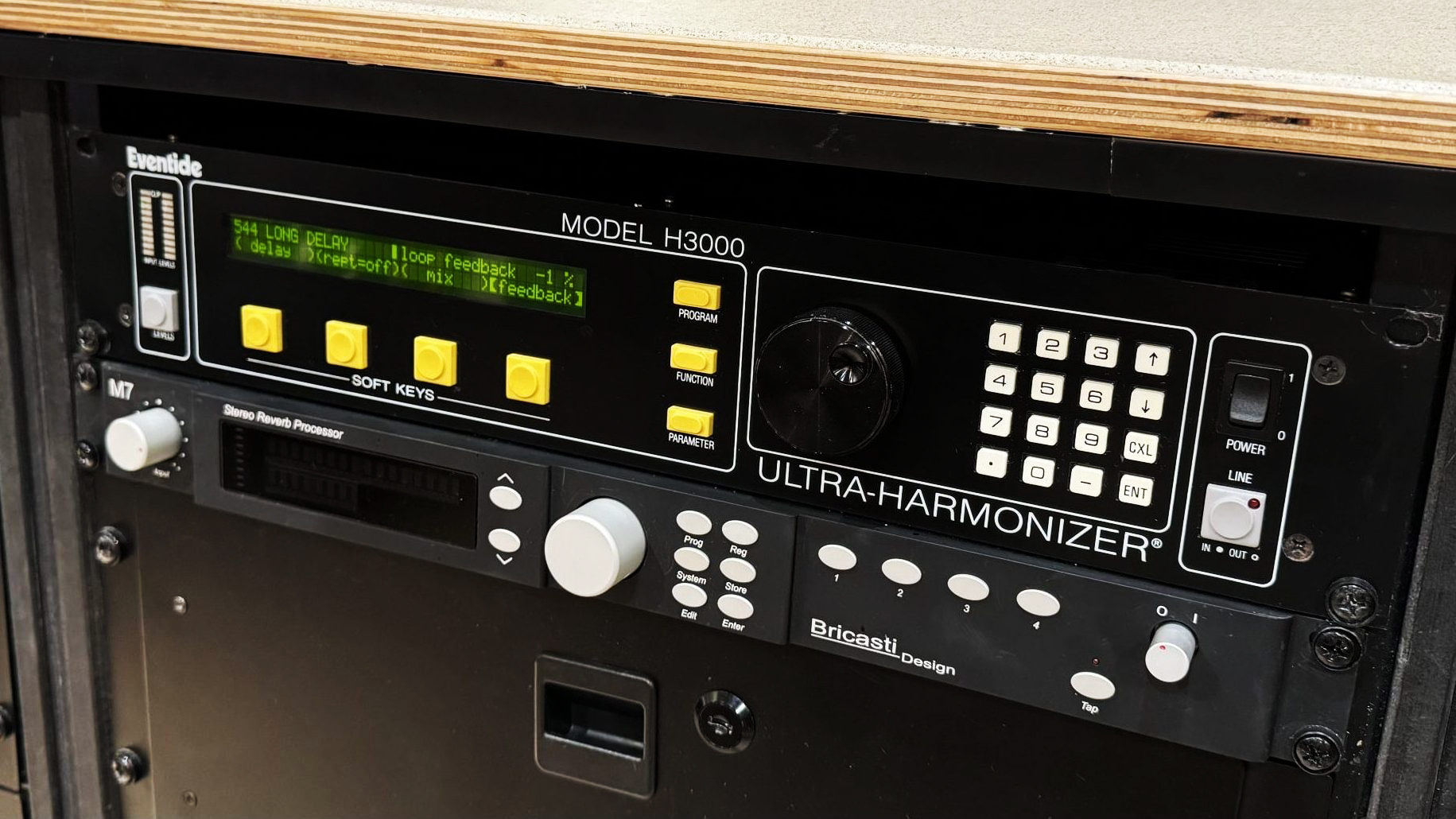
Eventide H3000
It seems only fitting to start with something that’s been described as the “holy grail” of multi-effects units. Since its inception in 1987, Eventide’s iconic H3000 Ultra-Harmonizer and its later iterations have proved to be unique creative tools and staples of many studios – including now Ten87! We were so excited to get our hands on this unit.
The H3000 can handle everything, from pitch manipulation and harmonisation, to complex delays and a myriad of reverbs, to dynamic processing tools.
The diatonic pitch shifting (which Eventide pioneered) is one of the most exciting and fun features to play around with. It makes it easier to maintain musicality and avoid dissonance when using the unit to add harmonisation, and works equally well on instruments as it does on vocals.
Navigating through the menu and generally using the unit becomes second nature very quickly, the creative possibilities the H3000 has to offer are endless, and we are very excited to add this to our collection!
Teenage Engineering OP-1
The OP-1 has become a cult favourite for many electronic and crossover artists in both the studio and live, including Bon Iver, James Blake and Flume.
The tiny device manages to pack in a lot. Not only is it a synthesiser; it’s a complete portable recording an
d production unit. The intuitive interface and colour-coded controls make it a breeze to navigate, even for beginners.
While it really does function amazingly as a standalone piece of gear, it’s also something that’s fun and simple to incorporate into more extensive recording sessions, as both a jumping off point for creativity, or for adding a few final touches to an almost finished composition.
One of our favourite parts is the tombola sequencer, which allows you to throw notes into a visual tombola and create random sequences, from ambient synth sounds to percussive progressions.
This unit feels as though it could inspire endless creativity and experimentation. The most portable of our picks today, you could quite literally take the OP-1 wherever you wanted, however we think the club is a pretty good home for this little toy!
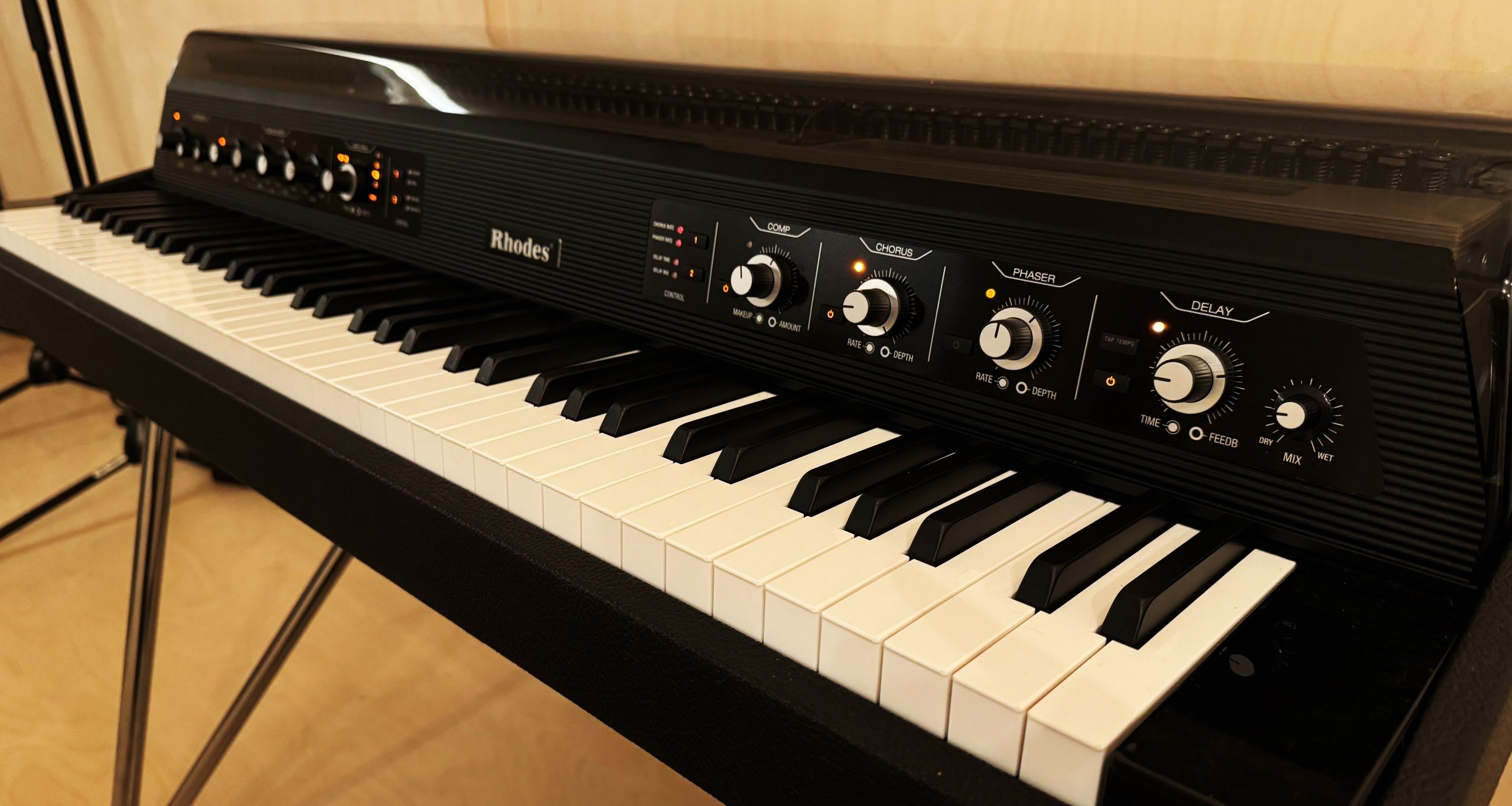
Rhodes MK8
The latest and greatest evolution in the legendary line of Rhodes electric pianos, the MK8 seems to have taken everything musicians love about the classic Rhodes and elevated it to new heights.
Here are a few reasons why the MK8 feels like the perfect addition to our live room:
The Rhodes MK8 is all about that classic, warm, and punchy sound that’s been a staple in countless hits across multiple genres. This piano manages to retain the vintage Rhodes sound we all know and love while also bringing a bunch of modern enhancements to the table. The range of tones it offers means that it works equally well as a lead instrument and for a softer chordal sound. It’s also extremely customisable – from different hammer tips to various preamp settings there are so many possible sounds you can get out of this instrument – whilst simultaneously feeling super intuitive and overall just comfortable to use! Plus, it looks beautiful!
We really couldn’t ask for more out of this piano. Sleek, versatile, reliable and simply one of the best sounding instruments we’ve heard, we think it’s safe to say you’ll love it too…
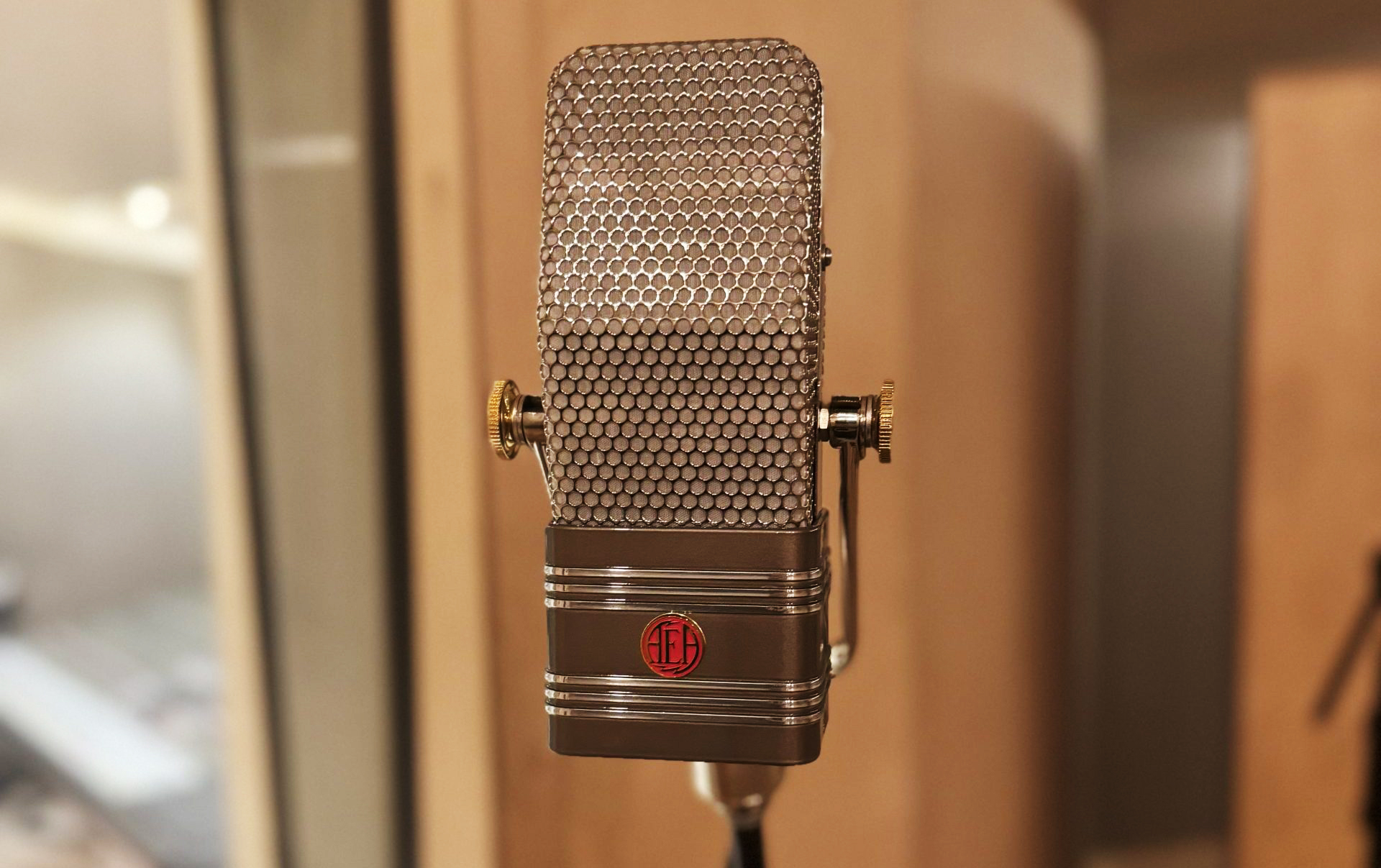
AEA A440 Ribbon Microphone
Released as AEA’s version of the legendary RCA 44 mic, the A440 is one of our favourite mics we’ve tried to date.
The A440 is an active ribbon microphone and houses a built-in preamp which gives it a few advantages over other ribbon mics. Firstly, it delivers a stronger signal than a lot of other ribbon mics which means there’s less risk of noise. The built-in electronics also ensure a consistent performance regardless of the preamp you use, making it more versatile in different recording setups. We’ve loved using it on strings, vocals and guitars especially! Additionally, most ribbon mics are notoriously delicate, and while we will not be throwing this microphone around, the A440 is a much more sturdy and reliable choice than most ribbon mics out there.
If you’re looking for a warm, rich, smooth sound, we think we’ve found the mic for you!
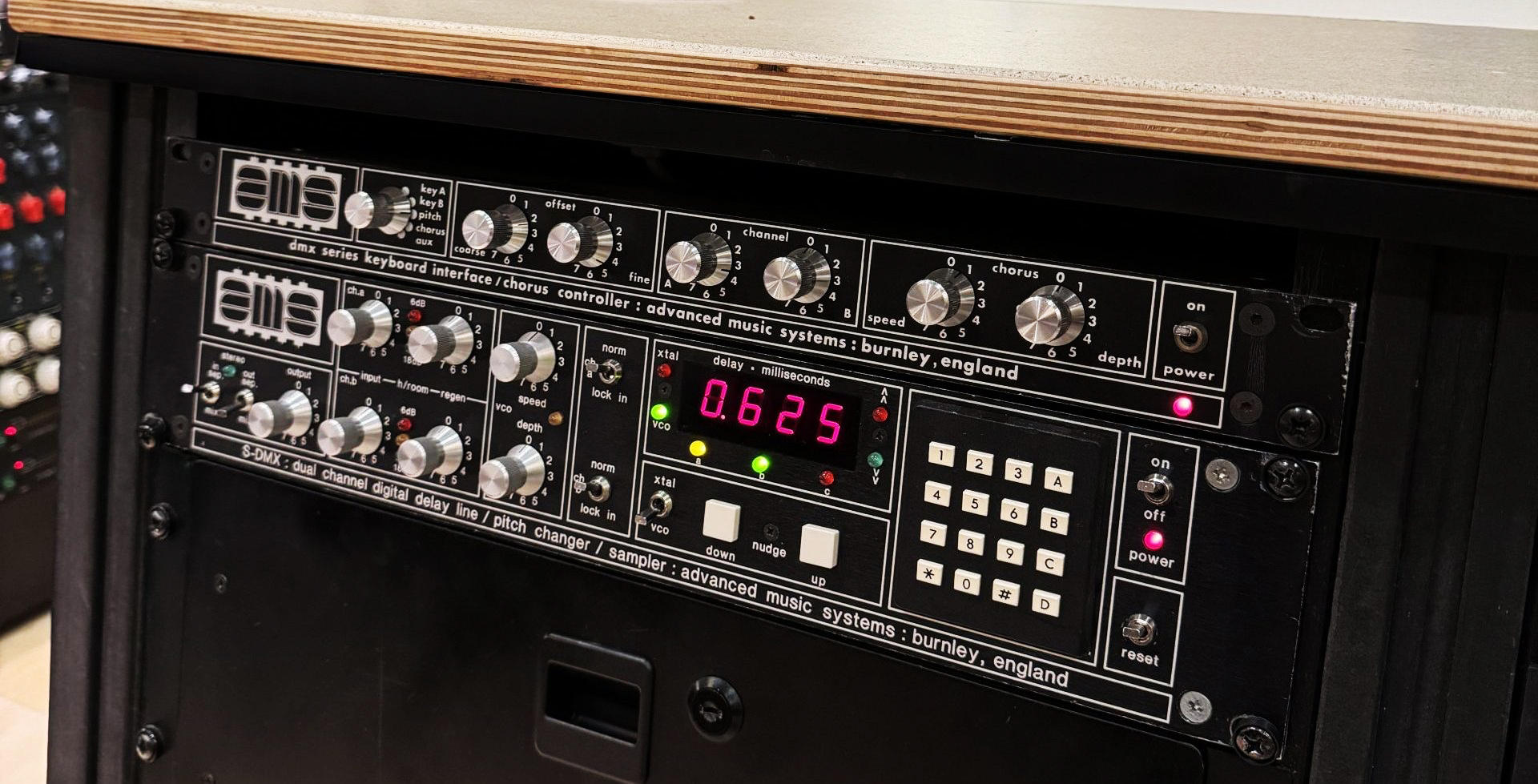
AMS S-DMX
We’ve given a few rave reviews to some of the newer pieces of gear and touched on the benefits that new technology and manufacturing can bring to the table, but sometimes you just can’t beat a vintage classic, and so we thought we’d round off the line up with another recording veteran – the AMS S-DMX.
The best way to describe the unit is that it just seems to add depth and character to everything it touches. The vintage vibe is undoubtedly present, the textures it can provide your sounds with are so unique, and it performs beautifully whether you want to subtly enhance or dramatically change your recordings. We tried it on guitars, vocals and synths; and after hearing what it can do, we’re going to be using it on everything else too.
If you love experimenting with sound, the AMS S-DMX Effects Processor is a piece of gear that’s 100% worth checking out. It’s a piece of history that continues to influence modern music with its distinctive sound, and spending a bit of time in the studio with it is going to provide you with some crazy sonic rewards.
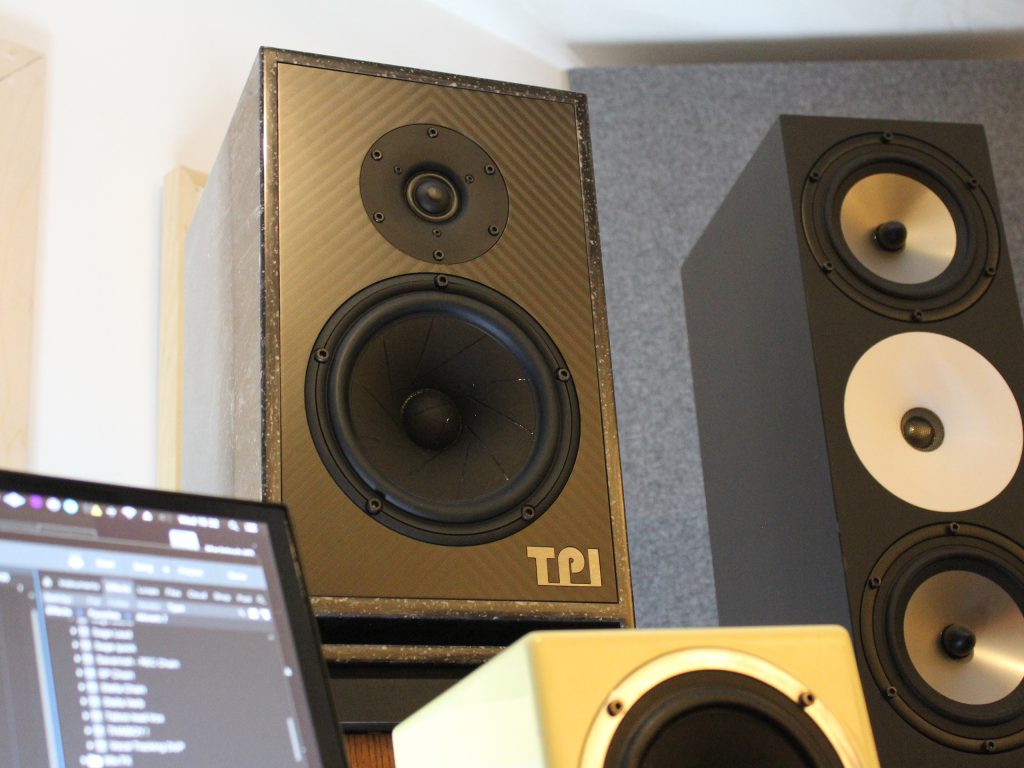
Monitor Shakedown
We take a look at some of the most popular monitors here at Ten87 Studios.
We hear a lot of water-cooler chat between mix-engineers, sound designers and producers swearing by a certain make or model of monitor. With a sea of choice available out there we’ve decided to put a little list together of the 3 most popular boxes used at Ten 87 towers (and one wildcard)…
Neumann KH 310
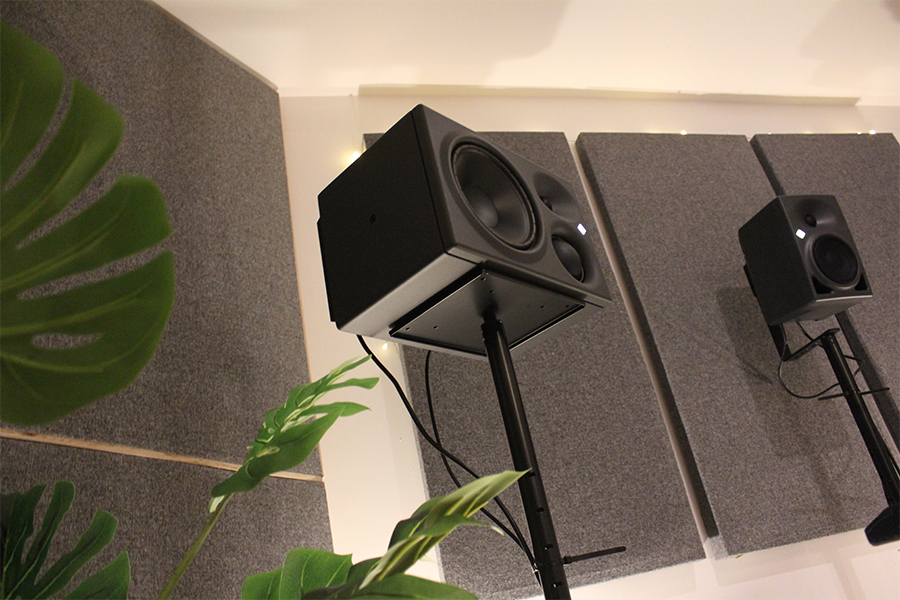
Maybe the most popular monitor currently in our studios, they feature an active three-way tri-amplified design and deliver healthy weight and precision in equal measure. The KH series and particularly the 310’s are powerful and by no means an entry level speaker, which is reflected in their price. German engineering for the ears!
A favourite of producer and mix engineer alike, notable users of the KH 310 at Ten87 are Lewis James, Fiona Cruickshank, Adam Miller, Joe, Ahadadream, Mickey Pearce, Alex Evans, SBTRKT, Tom Clements and the speaker of choice for Ten87 HQ.
Amphion One 18
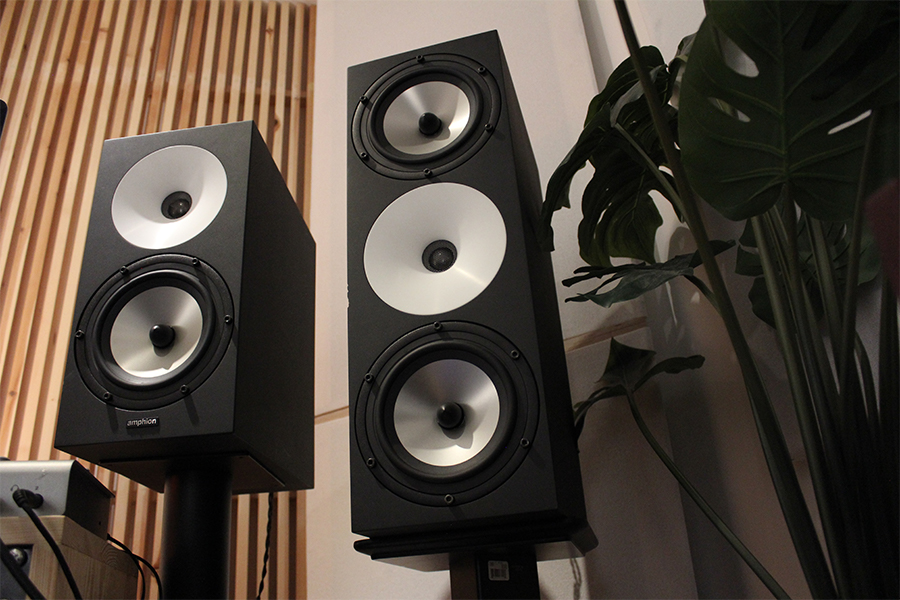
This iconic white and black monitor is extremely popular here at the studios. These speakers offer a super wide sweet spot and pinpoint-accurate imaged sound. They play the music without prejudice, with a super flat response – what you hear is what you get.
Our High Cross complex residents Alex Loring and Tom Andrews boast a dual (!) Amphion set-up and have this to say about it – “The detail in the mid range and stereo imaging make for mix choices that feel instinctual and inspired. Problems are easy to pinpoint and rectify, with translation that is practically guaranteed”….”I love the depth of field you get the most. They cover the mid – range detail with the same translation as an NS10, at the same time as being vibey enough to work on for hours without getting tired”.
There’s your sparkling review if you were ever looking for one.
ADAM A77X
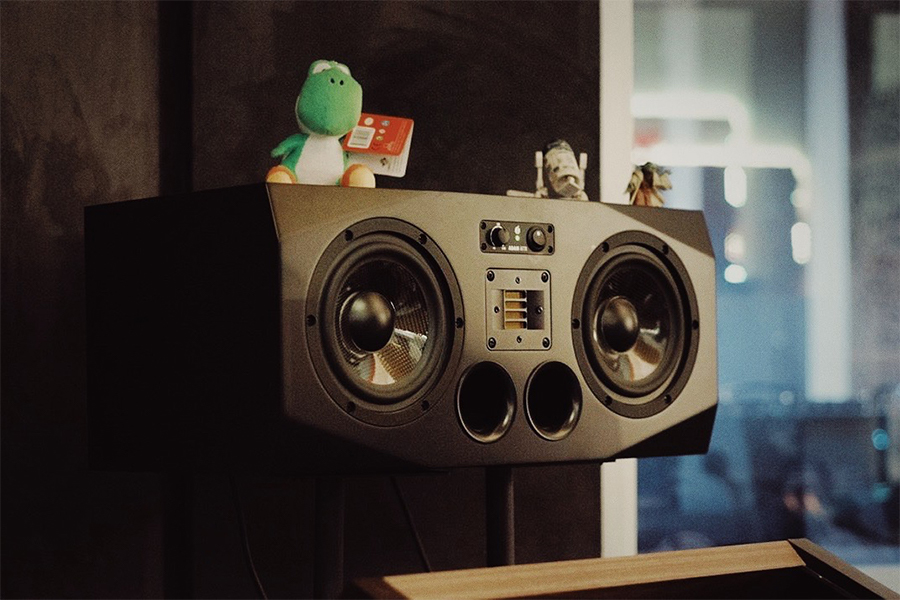
We’re in scary horizontal 3 way dual woofer territory with the A77X’s.
The A77X’s are on the weightier side of the monitoring scale due to their 4 chunky 7” woofers – these are still a crisp favourite and are a bit more friendly on the bank account. The 77X’s are used in our studios by producers such as Jerome Williams, Aubrey Whitfield and Flux Pavilion (although Flux has the S3H’s in his studio).
The little sibling to the A77X the A7X you can find in the studios of Markfield Road’s very own Hinako Omori and fellow key wizards Sounds Like These and Hakan Ozkan.
TPI Type. RN1
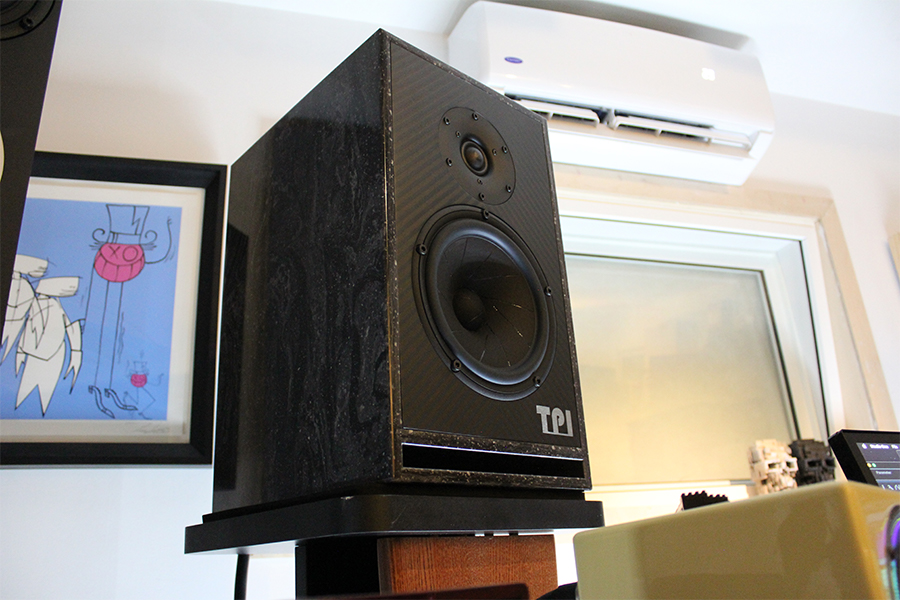
Looking for a wildcard choice? Enter stage left: TPI. Designed and manufactured in the UK by a dedicated team obsessed with quality. The advanced aerospace-grade composite construction renders unwanted cabinet resonances inert.
Phase-Beating crossover technology and custom made reference-quality drive units, are hand matched and paired to remove any possibility of discrepancy. These speakers are trusted by the best engineers, artists and producers in the game including our own mixing wizard Alex Evans – within their price bracket these are some of the best out there.
For info on how to become a member of our community be sure to get in touch here.
At Ten87 Studios we offer long term studio hire and day hire music studios. Each recording studio is acoustically treated and sound proofed to optimise any type of audio recording and music production. We are home to a large community of musicians, producers, engineers and audio professionals working in the music industry. Our main day hire studio is a world class tracking facility equipped with the best in recording studio gear, instruments, outboard and backline. We’re based in Seven Sisters, Tottenham with easy transport links to the city centre – ideal for anyone looking for a London recording studio.
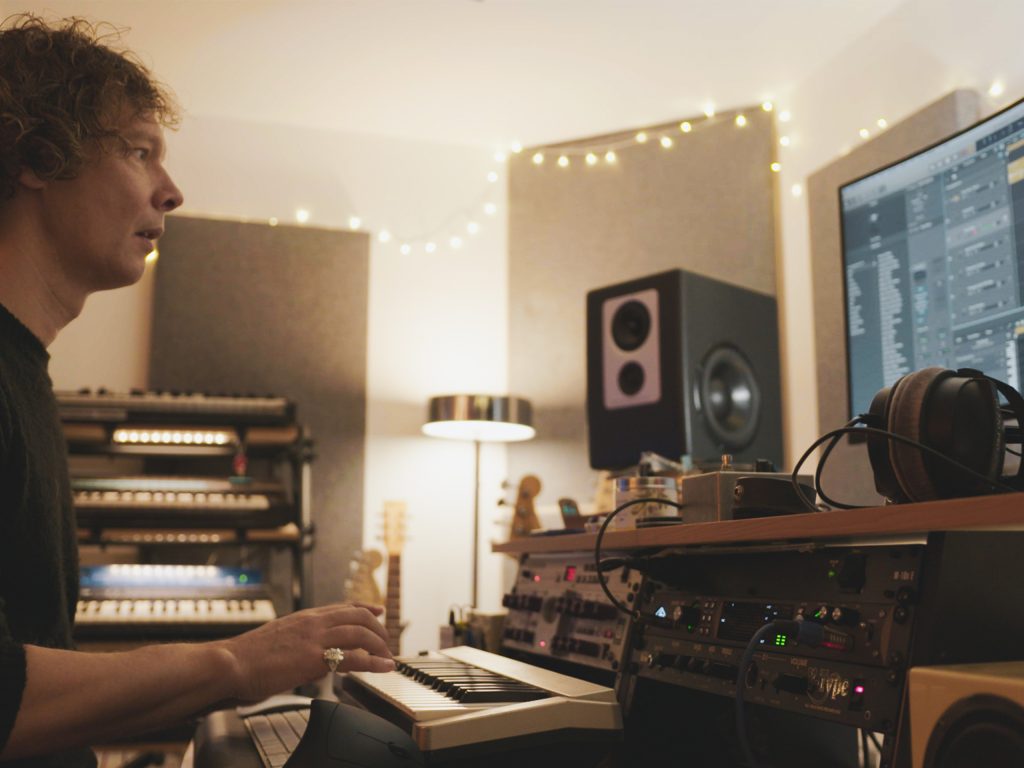
Optimize Your Studio
Whether recording a podcast, music or a radio show, getting good sound at home can often be a difficult process. Luckily, there are a few simple things you can do to improve your setup. But before we jump into the tips, it is important to distinguish between ‘soundproofing’ and ‘acoustic treatment’.
Soundproofing refers to the construction of a room, using different construction materials in walls to reduce the amount of sound which escapes the room. Soundproofing is for scenarios where you might need to play loud and not annoy your neighbours.
Acoustic treatment differs from this; the aim instead is to create a certain acoustic environment. In production terms, the most common environments are the live room and control room. The live room is used for recording acoustic instruments and the control room is the playback space. A home studio is typically a hybrid of these two spaces, and very important for improving the sound quality of your recordings, as well as making mixing decisions in the post-production process.
We teamed up with Mixcloud to explore different ways to improve your home setup to be better set for recording and listening.
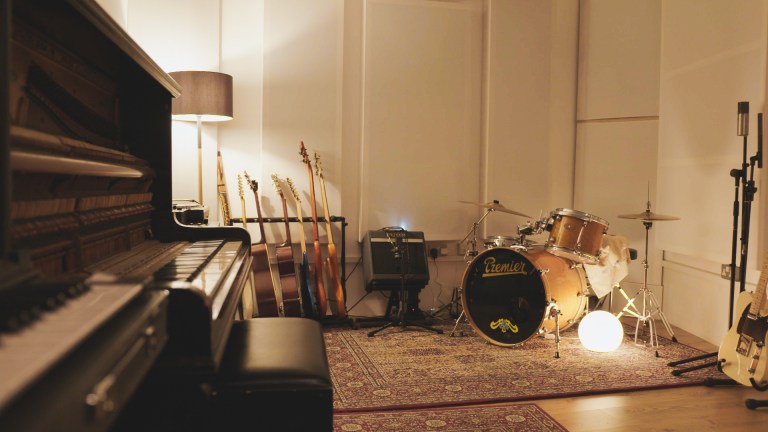
Adjusting Your Monitor Placement
If you have speakers, it’s important to have them in the right position within the room. Wrong placement can lead to boosts in parts of the frequency spectrum, usually in the low end, resulting in an unpleasant and inaccurate boomy sound.
To alleviate this, avoid having the speakers firing down the shortest wall of the room. If your room is rectangular, try adjusting your setup to be facing parallel with the longest wall, as illustrated below.
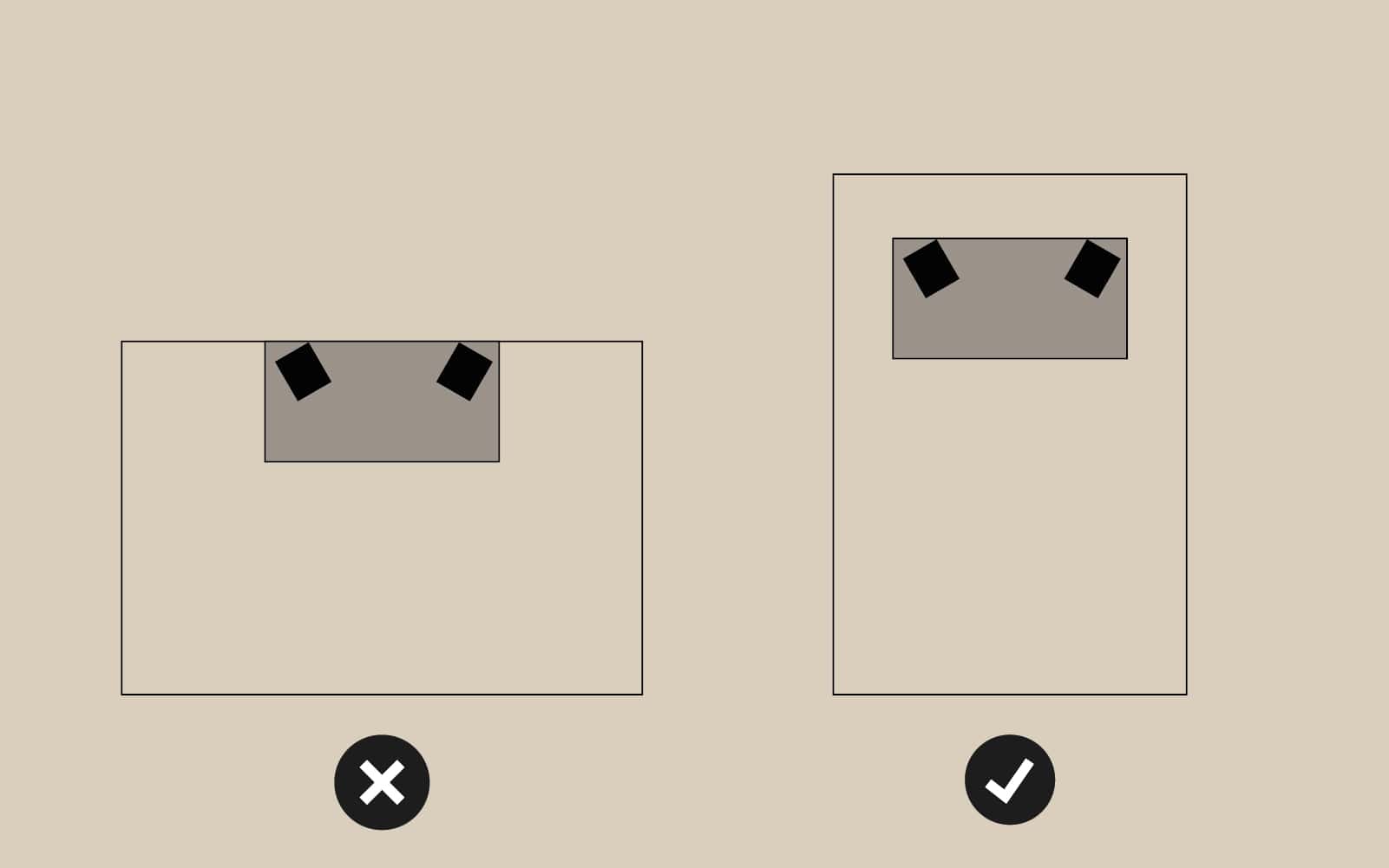
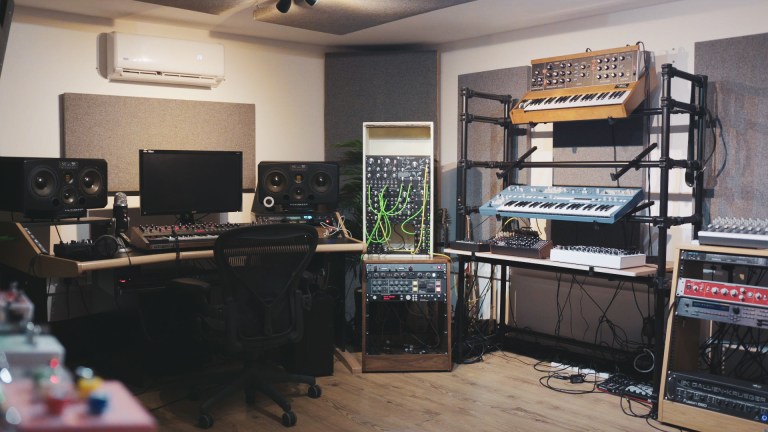
If you have the space, it’s best to create some space between the back wall and the speakers, (anywhere up to a meter if possible!) This helps to minimize sound reflections which occur from behind the speaker and bounce from the back wall and back to your ears – this problem generally creates problems in the low end.
Lastly, the angle at which you have your speakers is also an important factor. Try rotating them toward your listening position so that it creates an equilateral triangle.
Absorbing Reflection Points
Given you’ve followed tip #1, your speakers will be sending sound waves directly towards you; this however is not the full story. The next point of contact for the sound wave will be the walls parallel to you. If left untreated, the flat surfaces will create points of reflection which continue throughout the room. A simple solution is to hang thick fabrics or absorbing panels in these areas.
Another problematic area are the corners in your room, where the low end can build up. Standard practice is to use ‘corner traps’, which break the right-angled corner space and are made from dense material (such as rockwool). Foam can be a good starting point, although generally the denser the material the better.
The last area of concern is the wall opposite your speakers. Using the same process, place a large, dense and absorbing object such as a sofa or bed. See below for a potential home setup –
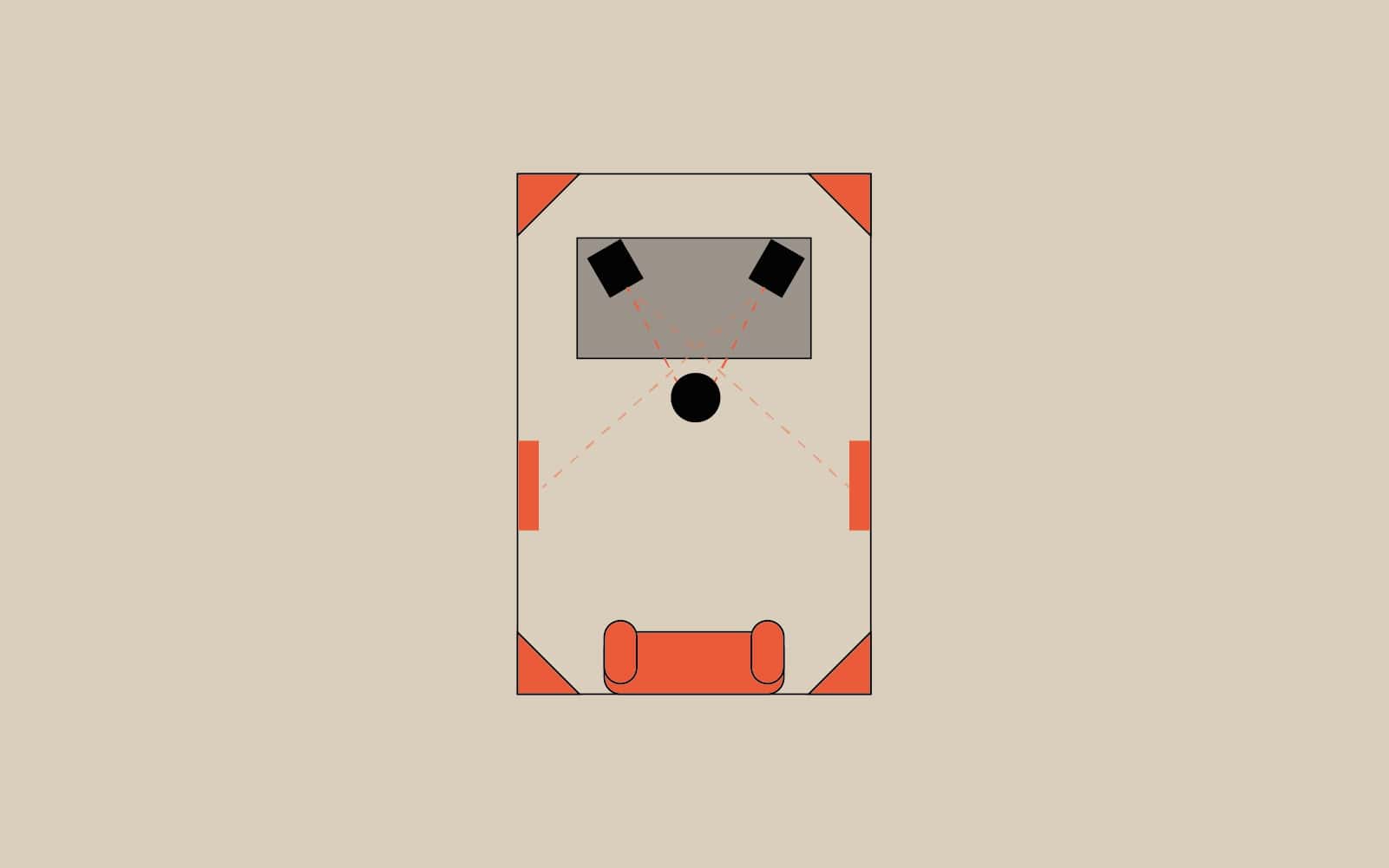
Isolation or ‘Decoupling’
A common placement for your speakers is on your desk in front of you. One issue that arises is that the direct contact can cause the desk to vibrate with the speaker, creating unwanted rattling or resonant boosting.
An economical solution is to find materials such as foam or rubber to place underneath your speakers — there are also speaker insulation solutions which can be bought, however a stack of books could be an alternative. Extending from this, you can buy floor stands which are designed to entirely decouple the speaker from the rest of the setup, although this requires more space and can be more costly.
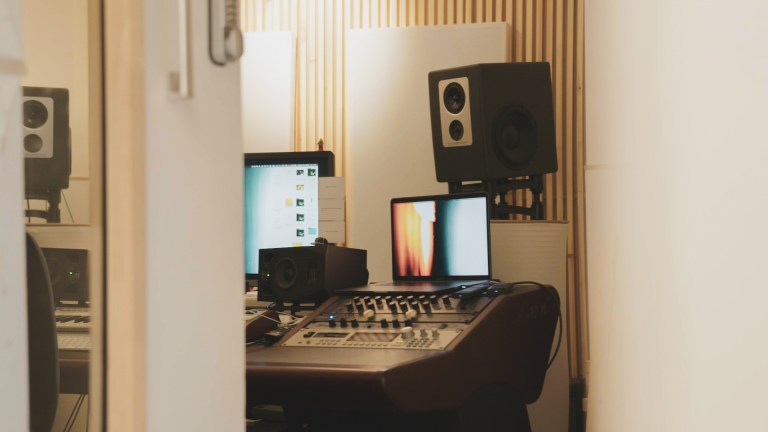
Blue Sky Thinking
It’s time to think three dimensional. Whilst your walls are now set, it is good practice to treat your floor and ceiling if possible. You should aim to have at least one of the surfaces as non-reflective — a stylish solution is to lay a rug on the floor, or if you have carpet you’re already halfway there! Even better would be to hang panels from the ceiling (aka a ceiling cloud) — this of course might not be practical, so sticking to the floor is a good start.
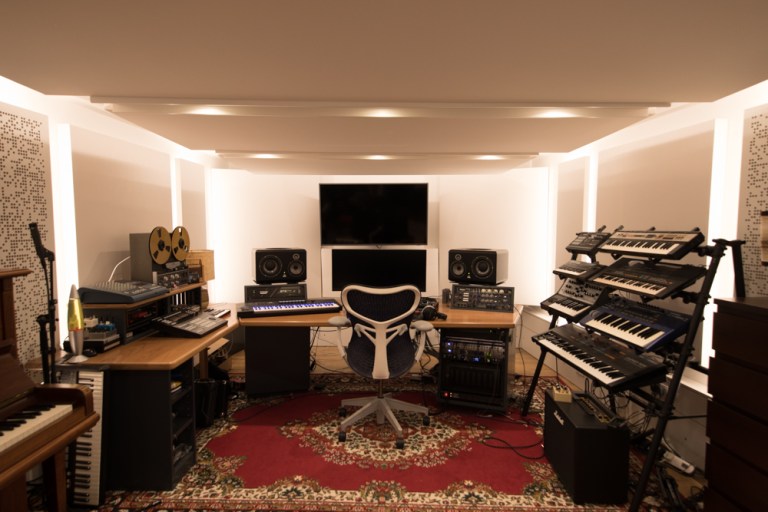
Make Your Own Vocal Booth
Whereas the other tips help to optimise your listening experience, you might struggle to get good, clean recordings with your recording setup. Vocals are a common sound source for recording, so we’ll focus on this.
When recording vocals at home, you may find that you’re picking up too much background noise. This can be easily reduced by creating a vocal booth using a duvet. The duvet will act as a faux room partition, reducing the amount of ‘room tone’ which is picked up by the microphone, giving you a more direct sounding vocal; great for recording podcasts or vocals for music.
You could also use a combination of your wardrobe/clothes rail and duvet to complete the booth. If you’re looking for a more permanent solution, we’d recommend getting a reflection filter such as the Aston Halo.
At Ten87 Studios we offer long term studio hire and day hire music studios. Each recording studio is acoustically treated and sound proofed to optimise any type of audio recording and music production. We are home to a large community of musicians, producers, engineers and audio professionals working in the music industry. Our main day hire studio is a world class tracking facility equipped with the best in recording studio gear, instruments, outboard and backline. We’re based in Seven Sisters, Tottenham with easy transport links to the city centre – ideal for anyone looking for a London recording studio.

